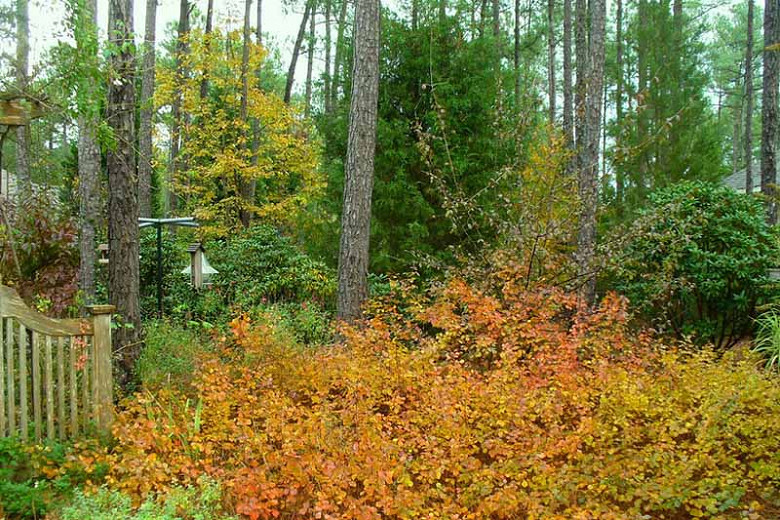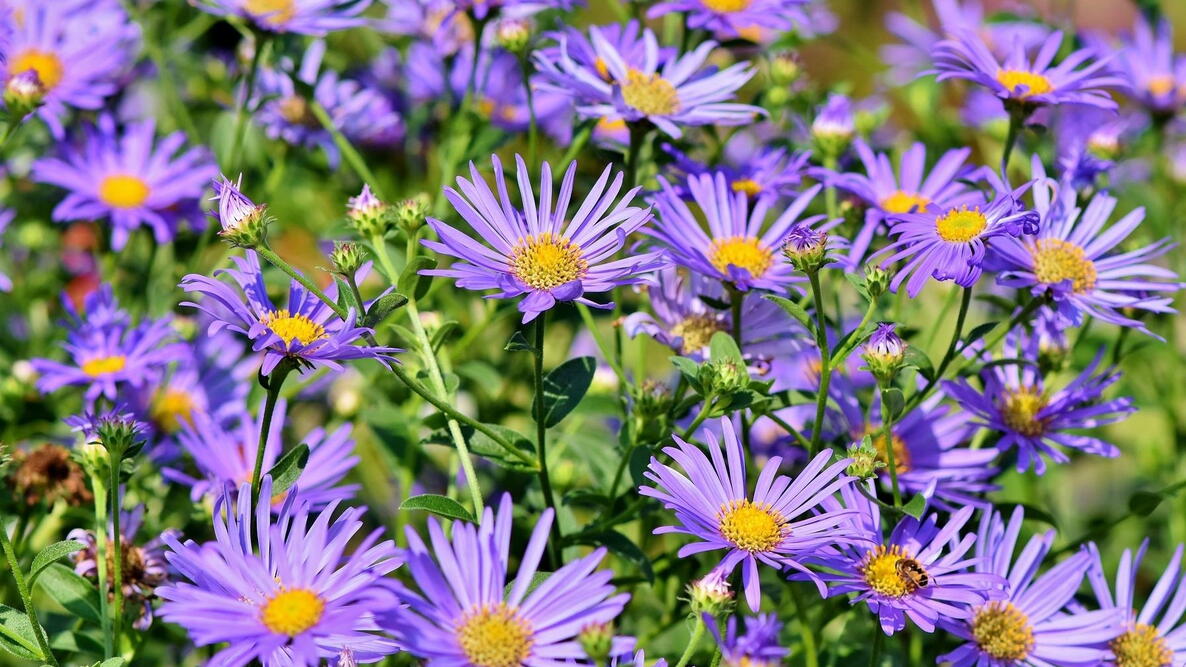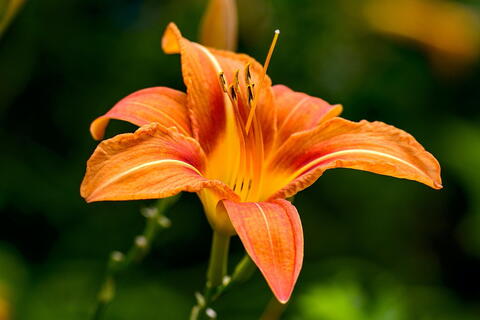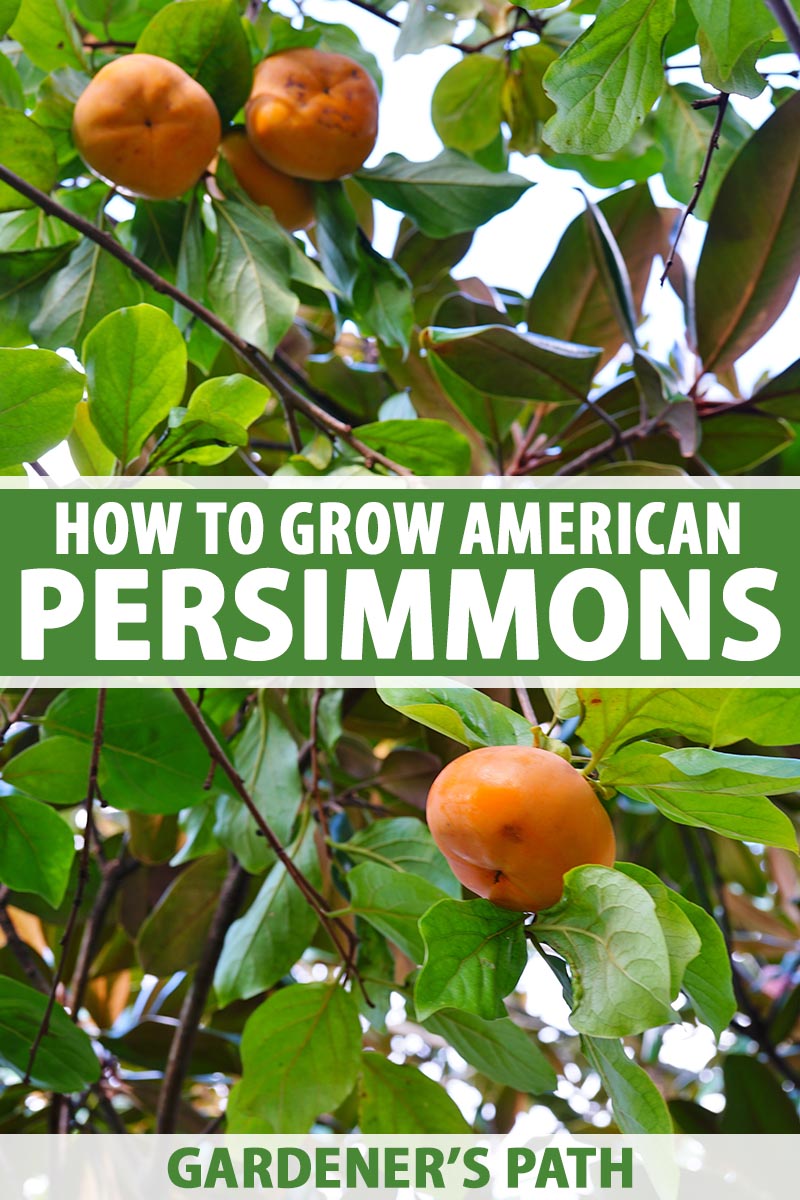Lowgrow Sumac Companion Plants That Will
Low-grow sumac is a versatile plant that can be used in a variety of ways in the garden. It is drought-tolerant, easy to care for, and has beautiful foliage that turns a brilliant red in the fall. One of the best things about low-grow sumac is that it can be used to create a variety of different looks in the garden. You can use it as a groundcover, a border plant, or even a small specimen shrub.
When choosing companion plants for low-grow sumac, there are a few things to keep in mind. First, you want to choose plants that have similar water and soil requirements. Low-grow sumac is drought-tolerant, so you don't want to plant it with plants that need a lot of water. Second, you want to choose plants that have similar sun requirements. Low-grow sumac can tolerate full sun or partial shade, so you have a bit more flexibility here.
Here are some of the best companion plants for low-grow sumac:
- Junipers: Junipers are another drought-tolerant plant that can provide year-round interest in the garden. They come in a variety of shapes and sizes, so you can find one that will complement the look of your low-grow sumac.

- Viburnums: Viburnums are a great choice for adding some height and interest to your low-grow sumac planting. They have beautiful flowers in the spring and fall, and their foliage turns a lovely red in the fall.
- Perennials: There are a variety of perennials that can be used as companion plants for low-grow sumac. Some good choices include hostas, ferns, and sedums. These plants will provide year-round interest in the garden, and they will help to fill in the spaces between the low-grow sumac.

- Grasses: Grasses are another great choice for companion plants for low-grow sumac. They add movement and texture to the garden, and they can help to soften the edges of the planting. Some good choices include blue oat grass, maiden grass, and miscanthus.

When planting low-grow sumac with companion plants, it is important to space them correctly. Low-grow sumac can spread quite a bit, so you need to give it enough room to grow. A good rule of thumb is to space the plants 3-4 feet apart.
With a little planning, you can create a beautiful and low-maintenance garden with low-grow sumac and companion plants. These plants will thrive in a variety of conditions, and they will provide year-round interest in your garden.
FAQ of low grow sumac companion plants
Question 1: What are some good companion plants for low grow sumac?
Answer: There are many good companion plants for low grow sumac, but some of the most popular include:
- Asters: Asters are a type of daisy that blooms in the fall. They attract butterflies and other pollinators, and they help to suppress weeds.

- Coneflowers: Coneflowers are another type of daisy that blooms in the summer. They are also attractive to butterflies and pollinators, and they help to deter deer.
- Daylilies: Daylilies are a type of perennial that blooms in the summer. They are drought tolerant and easy to care for, and they help to attract beneficial insects.

- Lavender: Lavender is a fragrant herb that blooms in the summer. It attracts bees and butterflies, and it helps to repel pests.

- Sage: Sage is a herb that blooms in the summer. It attracts bees and butterflies, and it helps to deter deer.

Question 2: How far apart should low grow sumac be planted?
Answer: Low grow sumac should be planted 3-5 feet apart. This will give them enough space to spread out and grow.
Question 3: What are the best growing conditions for low grow sumac?
Answer: Low grow sumac is a hardy plant that can tolerate a variety of conditions. However, they prefer full sun and well-drained soil.
Question 4: What are some common pests and diseases that affect low grow sumac?
Answer: The most common pests that affect low grow sumac are aphids, spider mites, and scale insects. These pests can be controlled with insecticidal soap or neem oil.
The most common diseases that affect low grow sumac are powdery mildew and rust. These diseases can be prevented by planting sumac in a well-drained location and avoiding overhead watering.
Question 5: How do I care for low grow sumac?
Answer: Low grow sumac is a low-maintenance plant that requires little care. However, they should be watered regularly during the first year after planting. Once established, they are drought tolerant.
Low grow sumac should be fertilized in the spring with a balanced fertilizer. They should also be pruned in the spring to remove dead or damaged branches.
Image of low grow sumac companion plants
This low-growing juniper is a great choice for a groundcover under a sumac shrub. It has a spreading habit and evergreen foliage, which will help to fill in the space and provide year-round interest.
This native shrub is another good choice for a low-maintenance companion plant for sumac. It has fragrant white flowers in the spring and summer, and its foliage turns a beautiful red in the fall.
Sweet fern is a fragrant groundcover that is native to North America. It has a spreading habit and its foliage has a pleasant aroma when crushed. It is a good choice for a shady spot under a sumac shrub.
American persimmon is a small deciduous tree that can grow in full sun or partial shade. It has orange-red fruit in the fall that is edible. American persimmon is a good choice for a companion plant for sumac because it has similar growing conditions.
Coralbells is a low-growing perennial that has bright red or pink flowers in the spring. It is a good choice for a shady spot under a sumac shrub.
Garden Wiki
Post a Comment for " Lowgrow Sumac Companion Plants That Will"